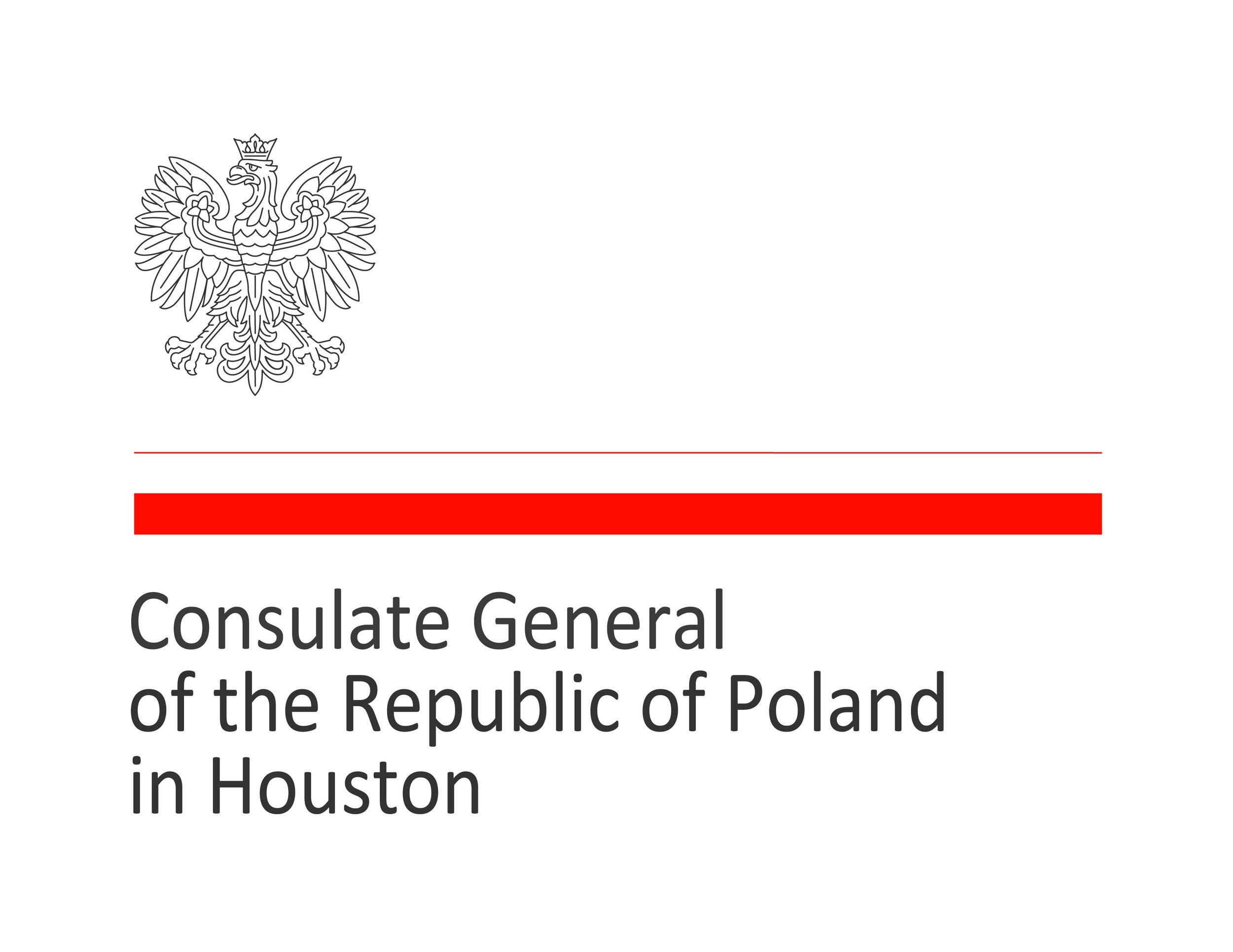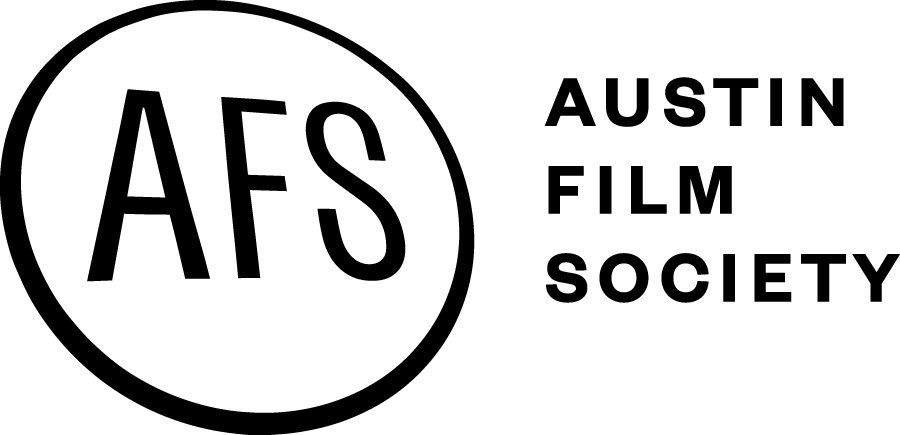Polish “Mother Theresa”
/Film “Long Day Tomorrow” screens October 29 at 6:30pm during the 17th Austin Polish Film Festival.
Joanna Sokołowska-Gwizdka: This year, the Austin Polish Film Festival will show your documentary film, Long Day Tomorrow, about a physician and a lay missionary, Helena Pyz. For over 30 years, she has been helping people at the Jeevodaya Social and Leprosy Rehabilitation Centre in India while in a wheelchair. What moved you about this story to turn it into a film?
Paweł Wysoczański: For me, the film’s focus and essential part is Helena’s story and what she stands for – her devotion to another human being. Despite her own disability, she is willing to work on the other side of the world, in India, with people who are marginalized and unwanted. However, it is not my intention to idolize her or erect a monument through this film. I am not telling a superheroine story, and that’s very important to me. Helena can be tough, sometimes rough, even ruthless. I hope that after seeing the film, the audience will understand why she can be like that. The reality in which she lives is tough, and she has to meet all the challenges.
The Leprosy Center was created by a Polish missionary Catholic priest, a Pallotine, and a doctor, Adam Wisniewski, who died in Jeevodaya in 1987. Helena Pyz came to Jeevodaya in 1989 to continue his mission. How did she gain the trust of people living in a world so different from hers?
That is a good question. I have often wondered about it myself. When Helena came to Jeevodaya in 1989, she did not speak Hindi, and India seemed to her like another universe. She told me that when she arrived, her toothpaste was so hot that it burned her teeth. Helena is of a different religion than the people she works with; she is also an educated European, while they are often illiterate. Still, she has been there for 33 years. As she says in the film, her disability comes in handy. The sick in Jeevodaya cannot tell her, “You don’t know what it’s like.” Helena has learned to speak fluent Hindi, but most importantly, she has learned to communicate through empathy and understanding, which she has developed thanks to her own disability. She is a very strong person. Her compassion is equally strong. It is exceptional.
The film shows her strong connection to children. In a very moving scene, a young girl, Nandani, does not want to part with the doctor and is ready to follow her even to Poland. How did you manage to shoot such profound scenes with so much authenticity? They do not seem staged.
Nadani is indeed a treasure – in a human sense, but also on the screen. She is a natural. She forgot about the camera; she did not mind the crew and ignored the cameraman, the sound director, or myself. There are no staged scenes in the film; nothing was contrived; there was no screenplay. However, even though we went to meet our protagonist seven times, we did not manage to shoot all the scenes. That’s why some scenes had to be reconstructed. There are only a few, but we decided to do it for the dramatic effect. We didn’t want any talking heads or interviews.
The movie was filmed primarily in India. Did people there easily accept that their story would become part of the film?
Yes. People in India love watching movies, and they love being in movies. In fact, that posed some problems because, during our first visits to Jeevodaya, so many kids wanted to be in the film that there was always someone “unwanted” in front of the camera – they “acted,” or passed by, or waved. It was not only kids. Adults from Jeevodaya wanted to be part of the film, too.
Where is the boundary between what is private and how much you can show? How to make an authentic film without hurting anyone?
The fundamental rule in making a documentary is not to hurt the protagonist. I always show them the film before releasing it to the world. I went to see Helena in Jeevodaya for the last time for the sole purpose of showing her the finished film. She did not have any concerns.
How has the film been received? Has the story of the relentless Helena helped or inspired anybody?
It inspires many people. The viewers point out that they had no idea there were people who devoted their lives to saving others. One thing is to go somewhere for six months, another to spend thirty-three years as Helena has. The Center can exist because of donations, and thanks to the film, Jeevodaya is getting more donors.
You have been to Austin with an interesting film Jurek, about the Polish mountain climber Jerzy Kukuczka. Every movie you make touches on some important topic and teaches us something. Is this why you chose to be a documentary filmmaker?
I love movies. I make documentaries because I am interested in real people, the protagonists who are “flesh and blood.” I try to make documentaries as if they were feature films – they are fast-paced, suspenseful, and have a dramatic effect, not just an “interesting” protagonist. I am also drawn to feature films. I am working on one right now, actually, and have just finished the first draft of the screenplay. It will tell a story about today’s Silesia.
You are also making a film about a famous immunologist, Ludwik Hirszfeld. Can we count on seeing it at next year’s Festival in Austin?
I certainly hope the film Mensch will be shown in Austin. Ludwik Hirszfeld was an incredible and inspiring person and an idealist. He lived in the first half of the 20th century – during the times when he was be subject to persecution. Still, he picked himself up and did what he felt he had to do. The full version will be available next year, but right now, you can see the trailer at: https://vimeo.com/589529569 (Password: hirszfeld).
Translated from the Polish by Bożena U. Zaremba












